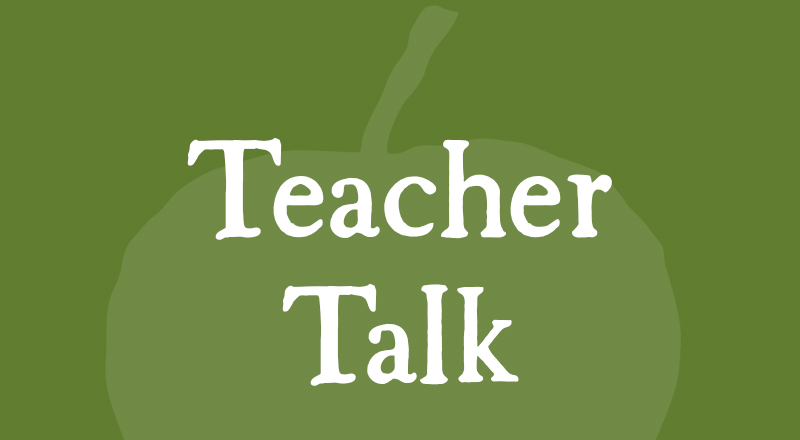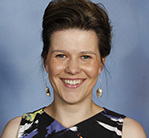Teacher talk: Planning for 2017

Term 4 is a busy one for everyone in the education industry. Students are finishing their assessments, reports are being written, graduation ceremonies are happening in schools across the country, and seasonal festivities are kicking off.
As well, for some schools Term 4 means an early start to the 2017 teaching year and time to start formulating plans for the year ahead.
I have had some interesting conversations recently with Kitchen Garden Classroom members and Program Schools about planning approaches, especially when it comes to the new Australian Curriculum.
The new Australian Curriculum 8.2 is ready for implementation within schools as the F-10 curriculum, taking over from version 7.5. There will be a transition period in which both versions of the Curriculum will apply. See implementation advice from the Australian Curriculum, Assessment and Reporting Authority (ACARA), relating to each state and territory.
In each of the learning areas, teachers are mandated to teach to content descriptors in order to ensure that the achievement standards can be met, and delivered to students. These descriptors offer valuable planning cues for linking the kitchen garden program to the Curriculum.
One of my objectives when it comes to planning is the importance of time-savings for teachers. To begin with, when setting and writing your teaching and learning goals, team or personal, refer to the content descriptors in the Curriculum and consider how to link these to the learning context of the garden and the kitchen.
While the elaborations in the Curriculum (found next to the content descriptors) are not mandated to be taught, they offer ways in which you can approach each teaching area and are useful when considering links to the garden and kitchen.
Given the Curriculum focus on sustainability as one of the cross-curriculum priorities, creating bridges between the curriculum and the garden context is actually quite achievable and relevant.
As part of your planning, log in to the Shared Table and search to see if there are any useful resources, content or projects undertaken by other kitchen garden members or Program Schools which relate to your planning.
A key resource document on the Shared Table is the Curriculum Matrix, available as a downloadable PDF. Originally designed to support the Tools for Teachers series of books, this matrix suggests learning activities that are matched to the eight learning areas and the cross-curriculum priorities. The suggestions here are also adaptable through the process of differentiation up to Year 7 and down to Year 2.
The seasonal nature of the kitchen garden program is also a core element of planning. A well-considered routine for planting and growing in the garden, as well as a projected harvesting timeline will allow you to make informed links to learning.
If your school has Kitchen and Garden Specialists or a Program Coordinator, It is also important to get together to ensure learning priorities are communicated and shared. The Coordinator and Specialists can support your teachings through coordinated planning of planting, harvesting and cooking activities. Planning ahead for the seasons will give you the opportunity to get creative with activities and menus for the students. For example, if you choose to investigate cultural events or rituals, consider the produce that needs to be planted or harvested to help students learn about these events.
Any questions about planning for 2017 or making links to the kitchen garden for your teaching area or a specific subject? Contact the Support Team on support@kitchengardenfoundation.org.au or 13000 SAKGF (13000 72543).
Happy teaching!
Steph Davies, Education Advisor

< Back to Latest News
